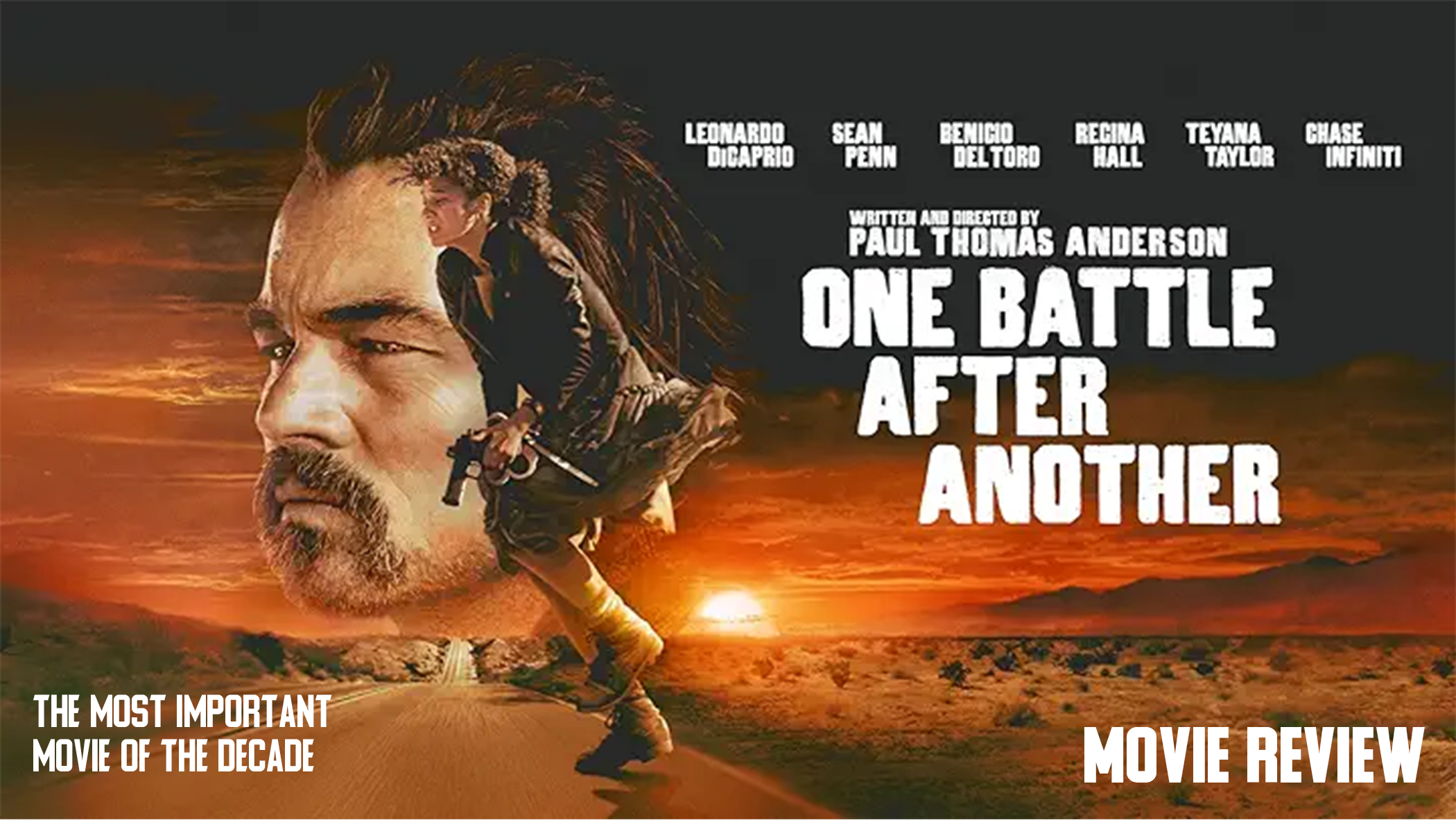
The last time Paul Thomas Anderson wrote and directed a movie set in the present day was 2002’s “Punch Drunk Love.” After a long time of sticking to period pieces, I wondered if he’d be able to transition back to filming in a modern setting.
I don’t know why I ever doubted.
This movie does so many things well, but its excellence starts and ends with Paul Thomas Anderson.
I’m not sure whether his writing or his direction is a bigger highlight. The script is engaging, hilarious and creates some incredibly compelling characters. The filmmaking is exciting, energetic and never feels static. There is no moment of the film that isn’t interesting, either because of the brilliant dialogue or the beautiful visuals.
“One Battle After Another” also benefits from an absolutely stacked cast. Leonardo DiCaprio, Sean Penn and Benicio del Toro are the biggest names on the ticket, but supporting performers like Teyana Taylor, Regina George and Tony Goldwyn are all scene-stealers. That’s before mentioning Chase Infiniti, who, in her on-screen debut, is already generating buzz about award consideration.
Jonny Greenwood has composed the music for all of Anderson’s films since 2007’s “There Will Be Blood,” and his score for this film might be their best collaboration. The soundscapes are frenetic, adding a layer of constant nervousness to every scene. There are a few moments where the understated music gives way to massive, booming chords, and they’re some of the most cathartic moments of the film.
But the biggest reason this movie is so special is its story.
“One Battle After Another” follows Bob Ferguson (DiCaprio), a former member of a California-based revolutionary group, as he tries to protect his daughter, Willa (Infiniti), from the group’s old enemy, Col. Steven J. Lockjaw (Penn).
There are some truly vile characters in this film. They inspire so much vitriol because we know people like them exist in real life. The movie pulls no punches when discussing the evils of oppression and the importance of fighting against it.
The opening scene sees the revolutionary group infiltrating a border patrol encampment, freeing the detainees before trapping the pigs- I mean, federal officers, in the prisons instead.
Anderson crafts a world that is simultaneously stylized and realistic. There are illustrations of the tactics used by real-world police to justify raids of towns or violently break up protests.
But unlike some other movies that are hyper-modern in their approach to politics, cough cough Eddington, “One Battle After Another” gives the world some hope.
The resistance groups are effective. They successfully fight oppression. They bring their communities together. But they also acknowledge that fighting fascism is hard. It’s messy. People will get hurt.
The core theme of “One Battle After Another” seems to be: how can we be expected to be peaceful when our oppressors are nothing but violent?
That’s why this film is so important right now.
For decades, we’ve been told that the best way to effect change is through peaceful protest. But now, even our peaceful protests are too much. Blocking highways is too inconvenient, graffiti defaces public property and marching in the streets is the first step to a riot.
Those criticisms miss the point of protests. Protests cannot function as a symbol of resistance without disruptions.
A peaceful protest is supposed to be an implied threat. A display of how many people are willing to get on the street because something has to be done. A piece of art by a filmmaker as respected as Anderson that displays and elevates this idea as a viable alternative is vital to changing our preconceptions surrounding civil disobedience. It also helps that it’s incredibly well-made.
“One Battle After Another” is undoubtedly the most relevant film of Anderson’s filmography. It backs all of that substance up with style, story and incredible characters.
It’s not only perhaps the most important movie of the decade, it just might be the best.
